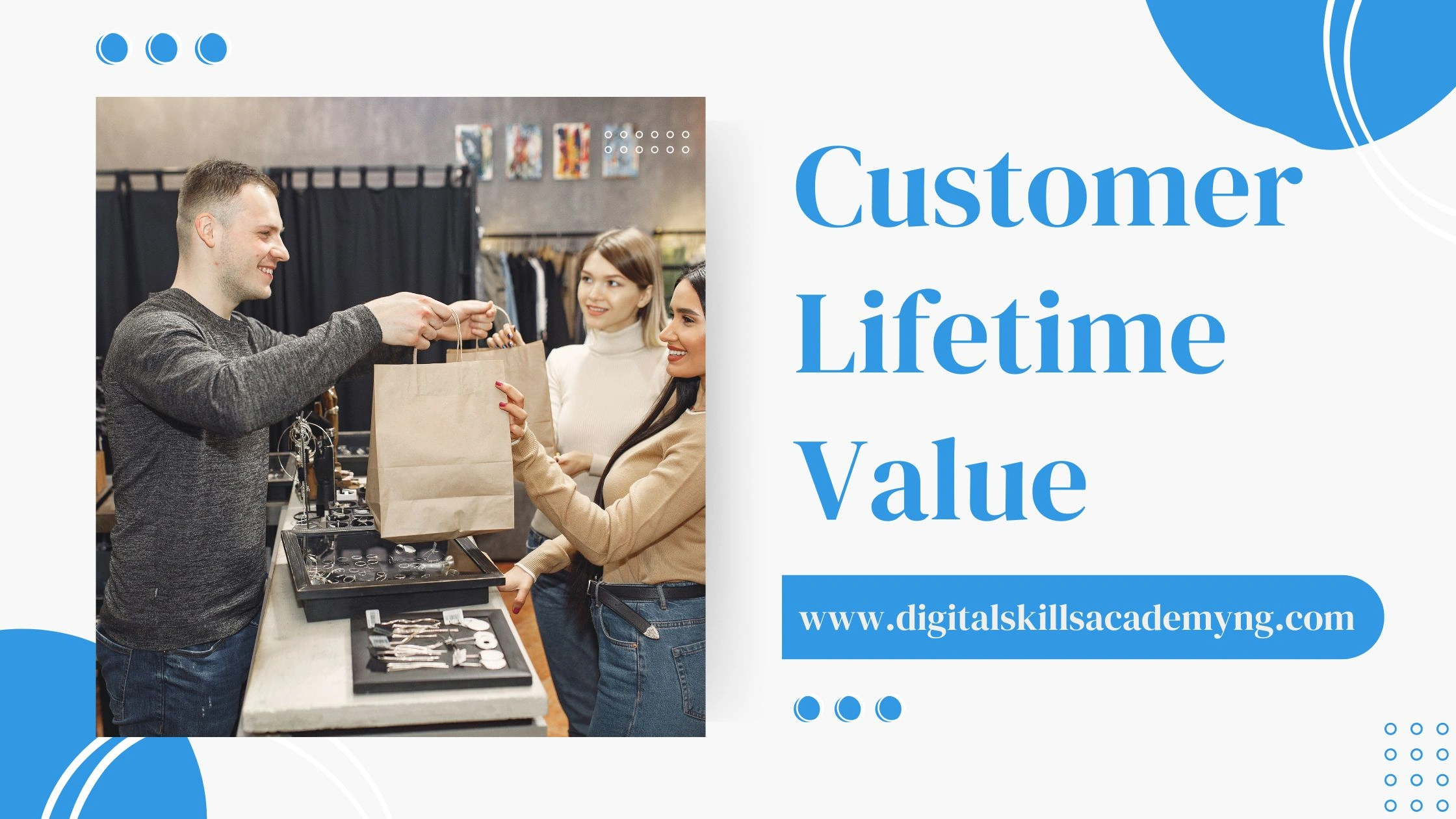What is a Customer’s Lifetime Value: How to Calculate it
Customer Lifetime Value (CLV) is a metric that predicts the total revenue a business can expect from a single customer account throughout their entire relationship. Understanding CLV helps businesses make informed decisions about marketing strategies, customer service investments, and overall business growth.
In this blog post, we will explore what CLV is, its importance, how to calculate it, and ways to improve it.
What is Customer Lifetime Value (CLV)?
Table of Contents
Customer Lifetime Value is an estimate of the total worth of a customer to a business throughout their relationship. It’s a vital metric because it helps companies understand how valuable each customer is to their business. This understanding allows companies to allocate resources more efficiently and develop strategies to maximize profitability.
Example:
Imagine you own a coffee shop. One of your regular customers, Sarah, visits your shop three times a week and spends $5 on each visit. If Sarah continues this habit for five years, her lifetime value can be calculated to help you understand how much revenue she generates for your business over that period.
Why is CLV Important to a Business?
- Informed Decision Making:
CLV helps businesses make better decisions about how much to spend on acquiring new customers versus retaining existing ones.
Example: If acquiring a new customer costs $50 but their lifetime value is only $30, the business is losing money. Understanding CLV helps avoid such scenarios.
- Resource Allocation:
Companies can allocate marketing budgets more effectively by focusing on high-value customers.
Example: A company might spend more on personalized marketing campaigns for loyal customers who have a higher CLV.
- Customer Retention:
By understanding CLV, businesses can identify which customers are worth investing in for long-term retention.
Example: Offering exclusive discounts or loyalty programs to high-value customers can enhance their experience and increase their loyalty.
- Business Valuation:
Investors often look at CLV to gauge the potential growth and profitability of a business.
Example: A higher CLV indicates a strong, loyal customer base, making the business more attractive to investors.
How to Calculate Customer Lifetime Value
Calculating CLV involves several components, including average purchase value, purchase frequency, customer lifespan, and profit margin.
Here’s a step-by-step guide to calculating CLV:
Average Purchase Value (APV):
This is the average amount spent by a customer in a single transaction.
Formula: APV = Total Revenue / Number of Purchases
Purchase Frequency (PF):
This is the average number of purchases a customer makes in a specific period.
Formula: PF = Number of Purchases / Number of Customers
Customer Lifespan (CL):
This is the average time a customer continues to purchase from the business.
Formula: CL = Sum of Customer Lifespan / Number of Customers
Profit Margin (PM):
This is the percentage of profit made on each purchase.
Formula: PM = (Revenue – Cost) / Revenue
Customer Lifetime Value (CLV):
Formula: CLV = APV × PF × CL × PM
Example:
Let’s apply these formulas to a real-world example:
A company has total revenue of $100,000 from 500 purchases.
It has 200 customers.
The average customer lifespan is 3 years.
The profit margin is 20%.
First, calculate each component:
APV = $100,000 / 500 = $200
PF = 500 / 200 = 2.5
CL = 3 years
PM = 20%
Now, calculate the CLV:
CLV = $200 × 2.5 × 3 × 0.20 = $300
This means the average customer is worth $300 over their lifetime to the business.
Ways to Improve Customer Lifetime Value
Enhance Customer Experience:
Providing exceptional customer service can increase customer satisfaction and loyalty.
Example: Offering personalized recommendations and responding promptly to customer inquiries can enhance the customer experience.
Loyalty Programs:
Implementing loyalty programs can encourage repeat purchases.
Example: Offering points for every purchase that can be redeemed for discounts or free products.
Personalized Marketing:
Tailoring marketing efforts to individual customer preferences can increase engagement.
Example: Sending personalized emails with product recommendations based on past purchases.
Upselling and Cross-selling:
Encouraging customers to buy higher-end products or additional items can increase their average purchase value. Take advantage of your website to showcase top-notch products/services.
Example: Suggesting a more expensive product or complementary items during the checkout process.
Improving Product Quality:
High-quality products can lead to higher customer satisfaction and repeat purchases.
Example: Continuously gathering customer feedback to improve products.
Customer Feedback:
Actively seeking and acting on customer feedback can help improve products and services.
Example: Implementing changes based on feedback to better meet customer needs and expectations.
Retention Strategies:
Developing strategies to retain existing customers can extend their customer lifespan.
Example: Regularly engaging with customers through newsletters and special offers.
What We Say
Customer Lifetime Value is a crucial metric that helps businesses understand the long-term value of their customers. By calculating CLV, businesses can make informed decisions about resource allocation, marketing strategies, and customer retention efforts. Improving CLV through enhanced customer experience, loyalty programs, personalized marketing, and other strategies can increase profitability and business growth. Understanding and optimizing CLV is essential for any business looking to achieve long-term success.
Our certified Digital marketing course will teach you how to conduct social research, provide social customer service, develop a customer retention strategy, and explore all the key social media channels so you can leverage them to engage your customers and grow your business. What are you waiting for?


